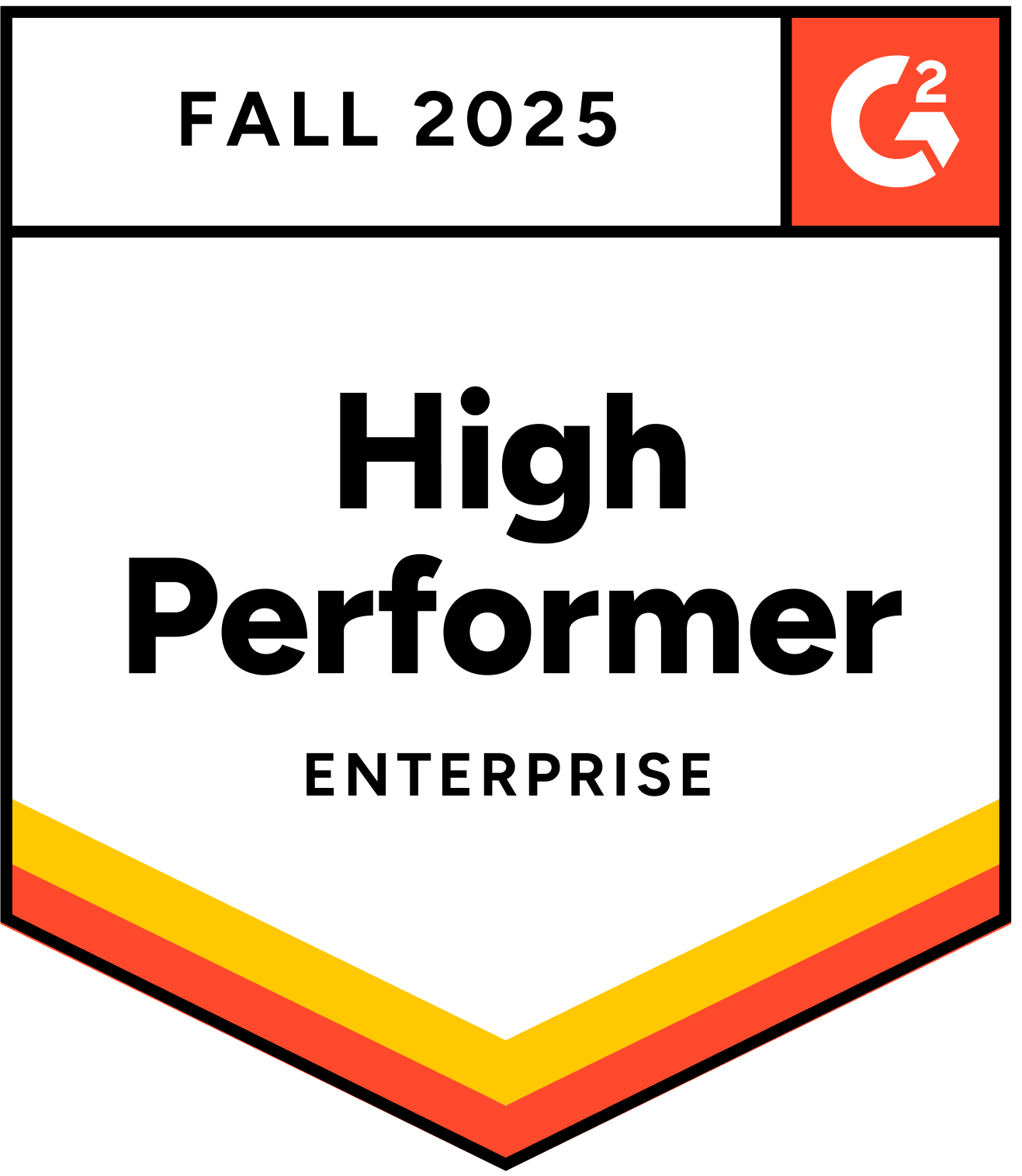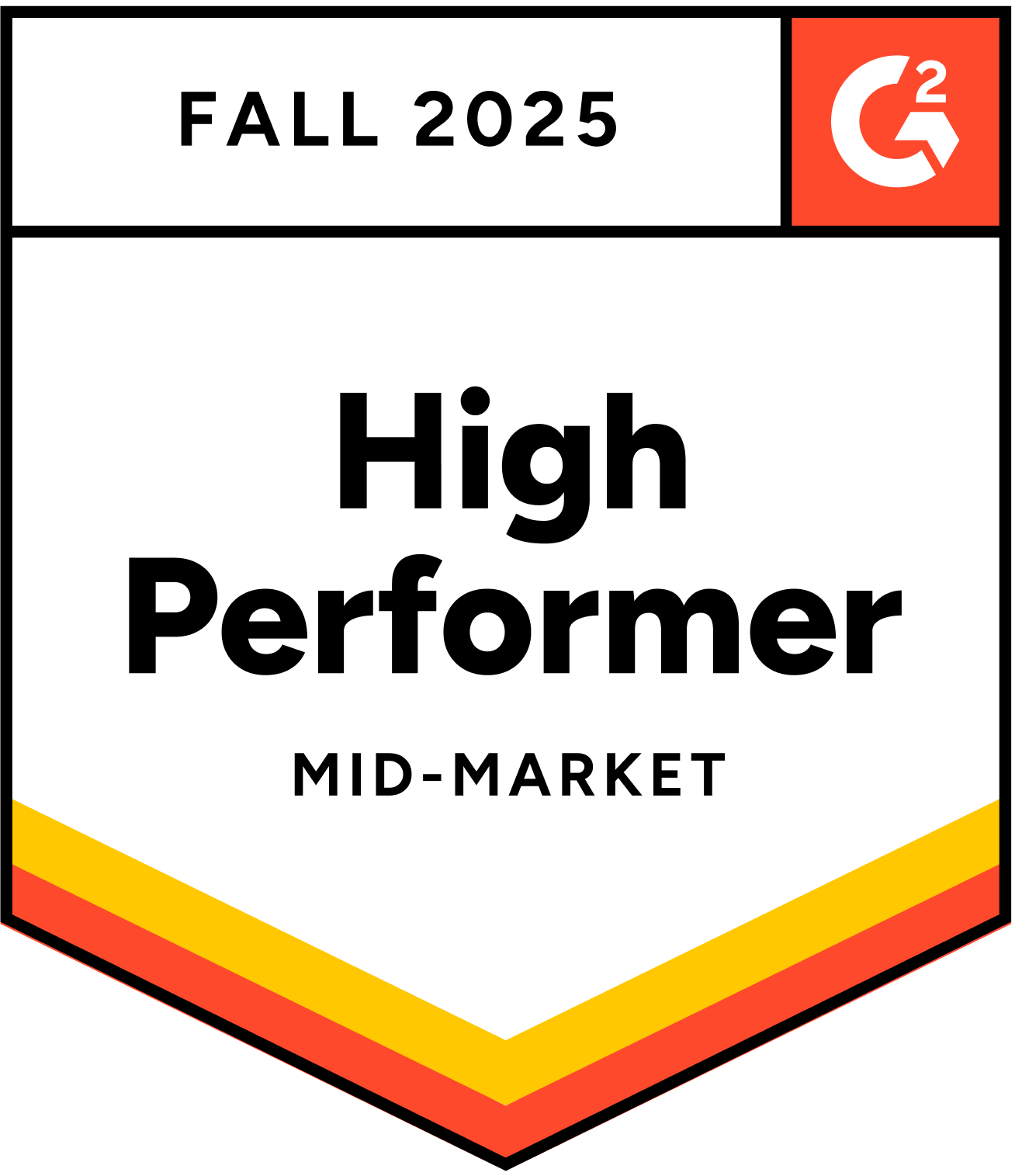Introduction

Understanding recruitment marketing and talent acquisition terminology is super important for everyone in the industry – from HR professionals and recruiters, to marketing specialists and hiring managers, we all need to be speaking the same language!
Well, we’ve put our noggins together to create an exhaustive list just for you, including clear, concise definitions for a wide range of terms – literally from A to Z (or zed).
Whether you’re optimizing your job postings, analyzing recruitment metrics, or engaging with candidates, this glossary will come in pretty handy. Our goal is to equip you with all the tools you need to attract, engage, and hire the best talent for your organization.
Let’s go!
Advertising and Marketing

Ad creative
The visual and copy elements of an advertisement.
Ad placement
Location within a website or app where ads are displayed.
Advertiser
Entity or organization that pays for advertisements to promote their products or services.
Applicant
A person who has completed the first formal steps of expressing interest in an open job. This could be completing an online application.
Candidate
Job seeker and candidate are not interchangeable; rather, they are connected! A job seeker can become a candidate for a particular hiring organization once they have submitted their job application for an open role. Like job seekers, there are also various types of candidates (such as qualified and unqualified) that your recruitment organization will have to sort through based on the predefined qualifications for each individual job.
Competitive analysis
Evaluating competitors’ strategies, strengths, and weaknesses to inform decision-making.
Display ad
A form of advertising that uses an image as a primary tool to engage potential candidates.
Employer branding
The process of promoting an organization as an attractive employer to attract and retain top talent.
Feed ads
Ads that appear in social media feeds, such as on Facebook, Instagram, or X.
InMail ads
Ads that appear in users’ LinkedIn inbox as messages, allowing for direct communication with targeted audiences.
Keywords (Google)
Specific words or phrases that advertisers target in their Google Ads campaigns to match their ads with relevant search queries.
Market research
Gathering and analyzing information about market trends, competitors, and customer preferences.
Native advertising
Ads that blend in with the content of the platform on which they are displayed.
Reel ads
Ads that appear in the form of short, engaging videos on social media platforms, such as Instagram or Facebook.
Retargeting
Advertising strategy aimed at targeting users who have previously interacted with a website or app.
Search ads
Online advertisements that appear on search engine results pages (SERPs) based on keywords entered by users.
Search engine marketing (SEM) ads
Advertising on search engines, such as Google or Bing, that allows your ad to show up when it 1) matches the terms entered in the search bar and 2) has the highest bid. SEM can be used to target job seekers, typically when a company is looking to hire a large number of people for a similar job.
Story ads
Ads that appear in the form of short, immersive stories on social media platforms, such as Facebook, Instagram, or Snapchat.
Metrics

Ad impressions
Instances when an ad appears on a user’s screen.
Applies per posting (APP)
The average number of job applications received for each job posting.
Application time
The amount of time it takes a candidate to complete a job application, in minutes.
Average apply time
The average amount of time it takes for a candidate to complete the application process, from start to finish.
Average time to hire
The average amount of time it takes for an employer to fill a job opening from the time it is posted to the time the candidate is hired. It is usually calculated in terms of number of days.
Bot clicks
Clicks on a website or ad generated by automated bots rather than human users, which can skew analytics and affect campaign performance.
Bot traffic
Automated web traffic generated by bots rather than human users.
Bounce rate
The percentage of people who land on a page on your website and then leave without clicking on anything else or navigating to any other pages on your site.
Budget/budget utilization
The amount of money allocated for a specific campaign or initiative and how much of it has been spent.
Click-through rate (CTR)
The ratio of users who click on an ad to the number of total users who view the ad.
Cost per applicant (CPA)
The total cost incurred in the recruitment process divided by the number of applicants received.
Cost per application
A payment model in which companies pay each time a candidate completes a job application for a job ad. CPA is also a metric that helps a company understand what they must spend to acquire a single candidate.
Cost per apply click (CPAC)
A payment model in which companies pay each time a candidate clicks on the “apply” or “start apply” button on a job site to transfer to the application on the company’s career site.
Cost per click (CPC)
A payment model in which a company pays each time a candidate clicks on their job ad on a job site.
Cost per hire (CPH)
A metric determined by the amount spent in order to acquire a new employee. The definition of hire may be determined by the offer being accepted, the new employee reporting to work on the first day, or even the employee still being employed on day 90. Whatever the definition, measure it equally to understand your costs and if they are changing.
Cost per mille (CPM)
The cost per thousand ad impressions.
Cost per qualified applicant (CPQA)
A metric determined by the amount spent in order to acquire a qualified applicant (or candidate). The definition of qualified left to the discretion of each hiring organization. Most companies select a step in the ATS workflow as the designation such as recruiter accepted, submitted to hiring manager or interviewed.
CPA target
The maximum cost a company is willing to pay for acquiring a new lead.
Cost per posting (CPP)
The average cost incurred for each job posting.
Conversion rate optimization (CRO)
The process of increasing the percentage of website visitors who take a desired action, such as making a purchase or filling out a form.
CTA%
The percentage of users who click on a call to action (CTA) compared to the total number of users who view the CTA.
Deduplication
The process of removing duplicate entries or data from a database or list.
Gross spend
The total amount of money spent on advertising or marketing campaigns before any deductions or adjustments.
Interview to hire
The number of interviews it takes a company to hire/onboard a qualified candidate.
Impressions per posting (IPP)
The number of times a job posting is displayed to potential candidates.
Latent clicks
Clicks that occur after a delay or period of inactivity, often used to measure the effectiveness of a campaign over time.
Pacing
The rate at which a campaign spends its budget over time to ensure it lasts for the intended duration.
Percentage qualified applications by source (QA/S)
The proportion of applications from a specific source that meet the qualifications for a job, expressed as a percentage.
Time to fill
A metric that helps you understand the ease or difficulty of hiring. Longer time to fill typically correlates to a more expensive cost per hire, as the time and effort associated with filling the role extends. To calculate, add up the total number of days the open job is available and unfilled.
Time to first contact
A metric that measures the responsiveness of your recruiting teams. Data shows the longer it takes to connect with new candidates the less likely they are to engage with you and ultimately get hired. To track, calculate the number of days, or better, number of hours between when an application is received and when your recruiter first reaches out.
Time to hire (TTH)
The average amount of time it takes to fill a job opening from the time it is approved to the time the candidate accepts the offer.
Viewability
Measurement of whether an ad was actually seen by a user.
Data, Analytics, and Reporting

Attribution modeling
Methodology used to determine which marketing channels or touchpoints contribute to conversions.
Attribution window
Time period during which conversions are attributed to specific marketing channels or touchpoints.
Baseline metrics
Initial set of data used as a reference point to measure and compare future performance in recruitment marketing efforts.
Benchmark
A metric established, either through internal or external data, that helps a company understand how they are performing. Typical benchmarks include cost per application (CPA), apply rate (AR), and cost per hire (CPH).
Click rate
The percentage of people who click on an advertisement, email, or job posting out of the total number of recipients.
Conversion tracking
Monitoring and recording of user actions that result in a desired outcome.
Double click manager (DCM)
A third-party tracking tool by Google through which client can track impressions, clicks, etc.
Delivery rate
The percentage of job ads or marketing emails successfully delivered to their intended recipients.
Effective cost per click (ECPC)
Publisher’s effective CPC cost for driving traffic.
Engagement
The level of interaction and involvement that users have with content, ads, or emails.
First-party data
Data collected directly from users by a company.
Google Analytics (GA)
Tool through which a client can track the traffic sources on their end.
Google tag manager (GTM)
A tool that allows marketers to manage and deploy marketing tags (snippets of code) on their website without having to modify the code directly.
Leads
Potential candidates or prospects who have expressed interest in a job or product and provided contact information for further communication.
Open rate
The percentage of recipients who open a marketing email out of the total number of recipients.
Return on investment (ROI)
Measure of the profitability of advertising campaigns relative to their costs.
S2S
Integration between publisher, and platform to exchange any specific data sets.
Second-party data
First-party data acquired from another organization or partner.
Session duration
The length of time a user spends on a website or app or job posting during a single visit or session.
Source sub-IDs
Metrics will help publishers understand the performance of their sub-sources.
Sources
The various channels or platforms through which candidates learn about job openings, such as job boards, social media, referrals, and company career sites.
Third-party data
Data collected from various sources and aggregated for use in advertising.
Total sessions
The total number of times users have visited a website or app.
Urchin tracking module (UTM) campaign
A UTM parameter that identifies a specific marketing campaign or promotion.
Urchin tracking module (UTM) source
A UTM parameter that identifies the source of traffic to a website, such as a search engine or website.
Urchin tracking module (UTM) tags
UTM parameters are added to URLs to track the effectiveness of online marketing campaigns in Google Analytics.
Candidate Engagement and Communication

Apply start
The point in the application process where a candidate begins filling out an application form or providing required information.
Bottom of the funnel (BoFu)
The final stage in the customer journey, where prospects are close to making a purchase decision.
Inbound feed
A stream of job postings or content that is received from external sources, such as job boards or aggregators.
Job alert
An automated system that delivers personalized job opportunities to candidates via email or text. This system matches candidates based on pre-defined criteria and sends updates at a frequency chosen by the recipients, ensuring they receive relevant job openings tailored to their preferences.
Landing page
Web page that users are directed to after clicking on an ad.
Lead registration
The process of capturing potential candidates’ information, usually through a form on a website, to engage with them for recruitment purposes.
Outbound feed
A stream of job postings or content that is sent to external sources, such as job boards or aggregators.
SMS/Texting
Stands for short message service and is commonly known as texting. It’s a way to send text-only messages of up to 160 characters between mobile phones.
Talent community
A talent pool that employers use to keep active pipelines of talent for future recruitment.
Talent pool
A group or cohort of people that are available to be sourced and recruited by a company. These pools can be geographically, behaviorally, professionally, or personally similar.
Top of the funnel (ToFu)
The initial stage in the customer journey, where awareness and interest in a product or service are generated.
Job Distribution and Job Posting Strategies

Duration-based job postings
A job ad posting model in which companies pay a predetermined and fixed price for a job ad, that is accessible on the job site for a fixed amount of time, typically 30 days, but can also be for shorter periods of time.
Expansions
The act of expanding or increasing the reach of a campaign to new audiences or markets.
Header bidding
A programmatic advertising technique that allows publishers to offer ad inventory to multiple ad exchanges simultaneously before making calls to their ad servers.
Job aggregator
A website that collects and aggregates job postings from the internet, typically from company career sites.
Job slots
A job ad posting model in which companies purchase a set amount of spaces purchased from a job site, for a fixed price. A company can then move job ads in and out of the job ad slot at any rate, provided that the company does not post more jobs than the number of job slots they have purchased.
Job group
A grouping of similar job positions within an organization for management and reporting purposes.
Latency
The time delay between the initiation of a process and its completion, often used in advertising technology to refer to the delay in ad serving.
Minimum bid
The lowest amount an advertiser is willing to pay for a click or impression in an auction-based advertising system.
Open marketplace
Publicly accessible marketplace where ad inventory is bought and sold programmatically without restrictions.
Open requisition
A job position within an organization that is currently vacant and actively being recruited for.
Pay-for-performance job site
A job site where a company posting a job pays the job site for each action such as a click, an application, or some other measurable interaction.
Posting duration
The length of time a job posting is active and available for applicants to view and apply.
Requisition Id
A unique identifier assigned to a job requisition within an organization for tracking and management purposes.
Second price bidding
An auction model where the winner pays the price offered by the second-highest bidder, promoting strategic bidding and potentially lower prices.
Syndication
The distribution of content, such as job postings, to multiple websites or platforms for increased visibility.
Legal and Compliance

California Consumer Privacy Act (CCPA)
California state law providing consumer privacy rights.
Compliance
Adherence to laws, regulations, and industry standards related to data privacy and advertising.
General Data Protection Regulation (GDPR)
European Union regulation governing data protection and privacy.
Privacy policy
A statement disclosing how a company collects, uses, and protects user data.
Service-level agreement (SLA)
An agreement that defines the level of service expected between a provider and a customer.
Trademark authorization
Official permission granted to use a trademark, ensuring that the brand’s identity is protected and used correctly in job postings and advertisements.
Recruitment Marketing Channels

Career fair or job fair
Can be either virtual (where job seekers ‘attend’ via their computers or hand held devices) or on site, which are conducted in-person at a hotel, office location or other physical venue.
Career site
A dedicated section of a company’s website that helps a job seeker understand the company culture and values, mission, employer brand, organization accomplishments, and – of course – it includes open employment opportunities.
Craigslist job category
The specific job category or type under which a job posting is listed on Craigslist, such as “education”, “sales”, or “healthcare”.
Craigslist posting category
The category or section under which a job posting is listed on Craigslist, such as “jobs”, “gigs”, or “services”.
Employee referral
Internal company programs that alert an existing employee population of available jobs and request that these employees refer friends, family, and acquaintances to apply for the job. If the person is hired there is often a referral bonus paid to the referring employee.
Job board or job site
A website where a hiring organization pays to post their open roles. This is often a sought-out destination for job seekers that are actively looking for employment.
Niche job site
A job board that specializes in posting jobs in a certain industry, job type, or for a specific type of job seeker, such as recent college grads, white collar or blue collar workers, technology workers, underrepresented groups, restaurant workers, or others.
Social networks
Social networks offer a way to get your jobs to job seekers, rather than waiting for job seekers to go to a job site or your corporate career site. Many social networks have large and engaged audiences. They also often have job posting capability where job seekers can interact with job ads from within the social platform.
Targeting and Segmentation

Audience
A group of ‘like’ people with whom you want to communicate.
Audience segmentation
Dividing a target audience into specific groups based on demographics, behavior, or other criteria.
Demand
The need for certain skills or job roles within a company or the broader job market, often influencing recruitment strategies.
Geotargeting
Targeting ads to users based on their geographic location.
Placements
Specific locations on websites, apps, or social media platforms where ads are displayed, such as in-stream videos, sidebar banners, or news feeds.
Supply
The availability of candidates with the required skills and qualifications in the job market.
Technology and Tools

Ad exchange
A digital marketplace that enables advertisers and publishers to buy and sell advertising space, typically through real-time bidding.
Ad inventory
Space available for advertisements on a website or app.
Ad tags
Ads formatted in a JavaScript, HTML, etc.
API integration
Connecting different software systems to enable communication and data exchange.
Applicant tracking system (ATS)
Software that recruiters, staffing firms, RPOs, and companies of all sizes use to manage the hiring process. While traditionally tailored to larger hiring organizations, ATSs now serve the entire market with industry and business specific functionality.
Automation
The use of technology to perform tasks or processes automatically without human intervention.
Cookie
A small piece of data stored in the user’s browser, used for tracking and targeting purposes.
Demand-side platform (DSP)
Software used by advertisers and agencies to purchase ad inventory across multiple ad exchanges.
Data management platform (DMP)
A centralized platform used to collect, organize, and activate large sets of data from various sources to improve marketing and recruitment strategies.
Dynamic ads
Display or search ads based on a user’s interest, or search input.
HTML5
A markup language used for structuring and presenting content on the web.
Image pixel
A small, transparent image embedded in a web page or email to track opens, clicks, and other user interactions for analytics and marketing purposes.
Job ad exchange
An online network of job sites (large, small, and niche), consumer sites (news, industry, and interest), and social networking sites where hiring organizations can automatically post jobs to many places simultaneously, track results, and make automated adjustments to what they are paying and where the jobs are posted.
Job distribution tools
Software that allows hiring organizations to easily post their jobs to multiple job boards.
JavaScript pixel
A small piece of code embedded in a website to track user interactions and behavior for analytics and advertising purposes.
Mobile optimized career site
A method that makes your career site, job postings, and application process fit nicely onto a mobile phone screen and makes it as easy and reasonable for a candidate to apply for your jobs on the mobile device. Typically, this means removing cover letter and resume requirements, and limiting the number of questions and the time it takes to complete the application.
Pixel
A small piece of code placed on a website to track user behavior and interactions, such as conversions or page views.
Pixel container
A tool used to manage and deploy pixels across a website, allowing for easier tracking and analysis of user behavior.
Programmatic advertising
Automated buying and selling of digital ad space in real-time using algorithms.
Programmatic direct
Automated buying and selling of ad inventory through direct deals between publishers and advertisers.
Real-time bidding (RTB)
Auction-based buying and selling of ad impressions in real-time.
Supply-side platform (SSP)
Platform used by publishers to manage and sell their ad inventory programmatically.
Conclusion
We hope this glossary becomes your go-to resource for navigating the world of recruitment marketing. By mastering these terms, you’ll streamline your strategies, improve communication, and achieve your hiring goals with ease.
Keep it handy as you continue to attract, engage, and hire top talent!














